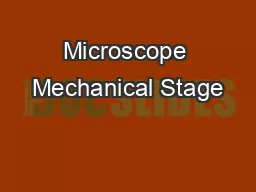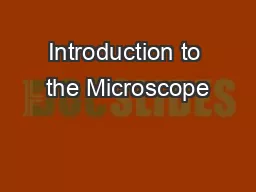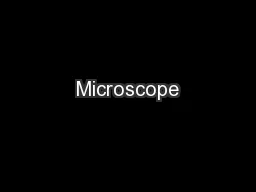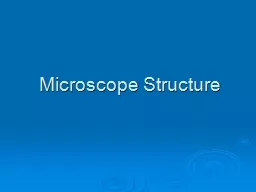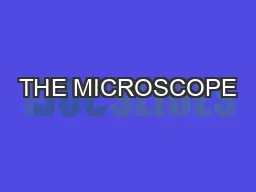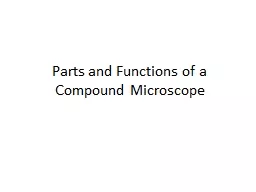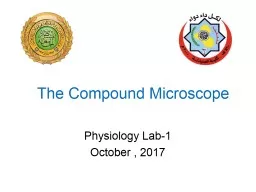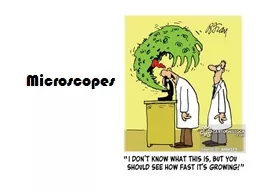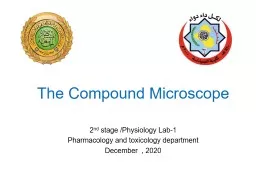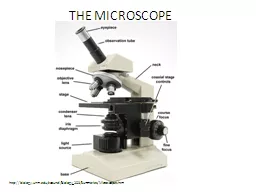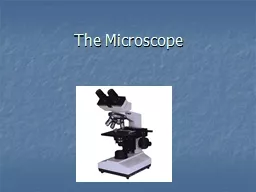PDF-Microscope Mechanical Stage
Author : amscope | Published Date : 2015-11-09
This model comes with color corrected infinity optical system CSIS a movable large working distance condenser 45 degree inclined trinocular head high eyepoint Plan
Presentation Embed Code
Download Presentation
Download Presentation The PPT/PDF document "Microscope Mechanical Stage" is the property of its rightful owner. Permission is granted to download and print the materials on this website for personal, non-commercial use only, and to display it on your personal computer provided you do not modify the materials and that you retain all copyright notices contained in the materials. By downloading content from our website, you accept the terms of this agreement.
Microscope Mechanical Stage: Transcript
Download Rules Of Document
"Microscope Mechanical Stage"The content belongs to its owner. You may download and print it for personal use, without modification, and keep all copyright notices. By downloading, you agree to these terms.
Related Documents

